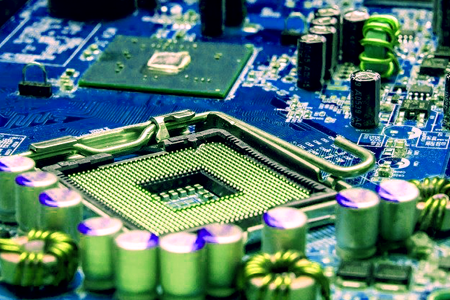
One of the recurring issues we deal with at IQ is Signal Integrity. This may sound a bit obscure, but a little explanation might help.
My wife was hollering at me. I couldn’t understand a thing she was saying. We were indoors and there was no particular competing source of noise. No blaring music, TV or even fans blowing. So why the problem?
Sure I don’t hear as well as I used to, but the real problem was she was three rooms away and the bedroom door was only open a few inches. As the sound traveled through each room it generated a variety of echoes off each wall. Each collision with a wall reduced the volume a little, too. The further the sound travelled, the more distorted it became. Sharp Ts and Ds became more slurred as they merged with their echoes. By the time her voice squeezed through the door opening, it was hardly intelligible and badly garbled. To me at least.
A similar affect occurs with electronic signals. An electrical pulse (a brief change from one voltage level to another and back) travelling down a wire gradually spreads out. After travelling some distance what started out like a sharp “T” evolves into a weak “TH”. Then each time it squeezes through a connection there are reflections, and the pulse loses more amplitude. The connection may even be of the highest quality, but there will still be reflections.
Digital electronics communications consist of sending a series of these pulses in an agreed to code. If the pulses deteriorate too far, the message becomes garbled.
If we are not paying attention to these practices, there will be an increase in reflections and noise. If the increase becomes bad enough, signals will be lost and the whole thing won’t work. And fixing it may be a real pain because everything appears to be properly connected. When IQ designs our systems and fixtures and during the build process, we keep these occurrences in mind. We apply best practices that minimize signal degradation. We focus on using appropriate wire types, minimizing length and using the most suitable connectors – all properly terminated.



 Posted by Admin
Posted by Admin